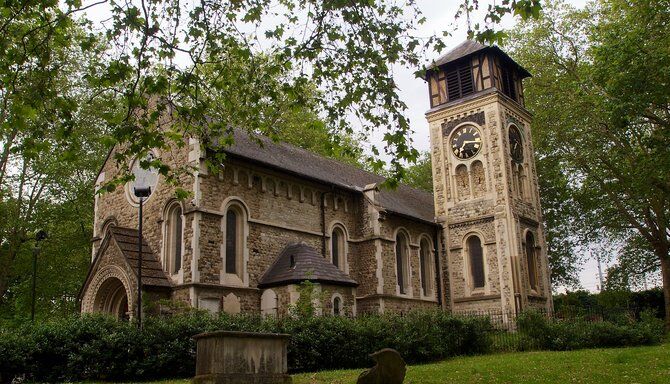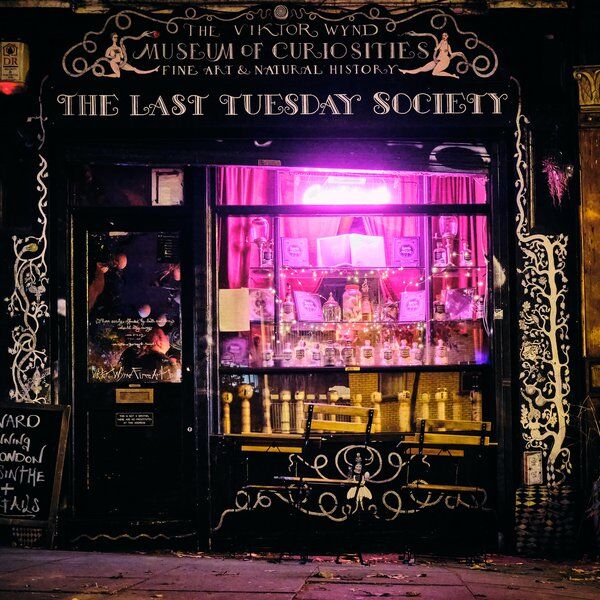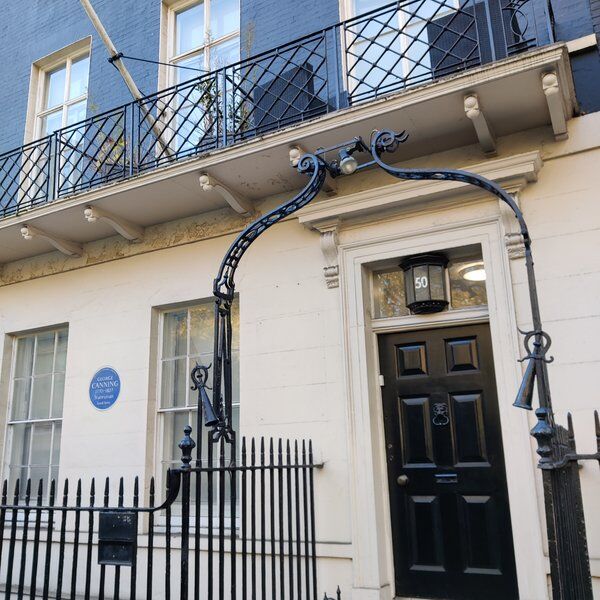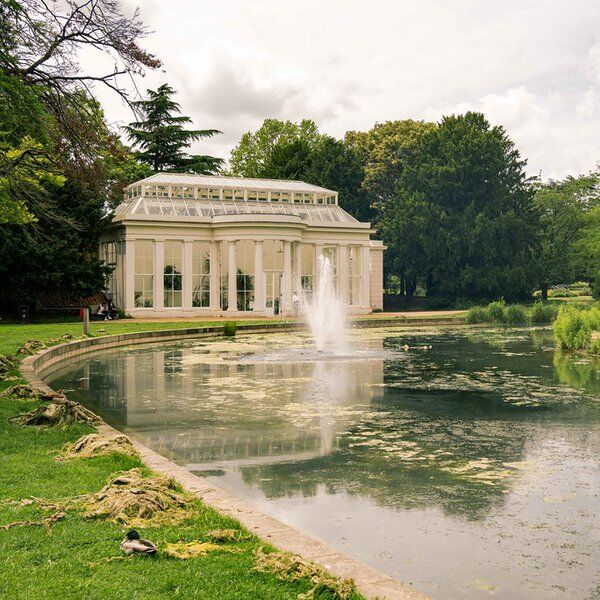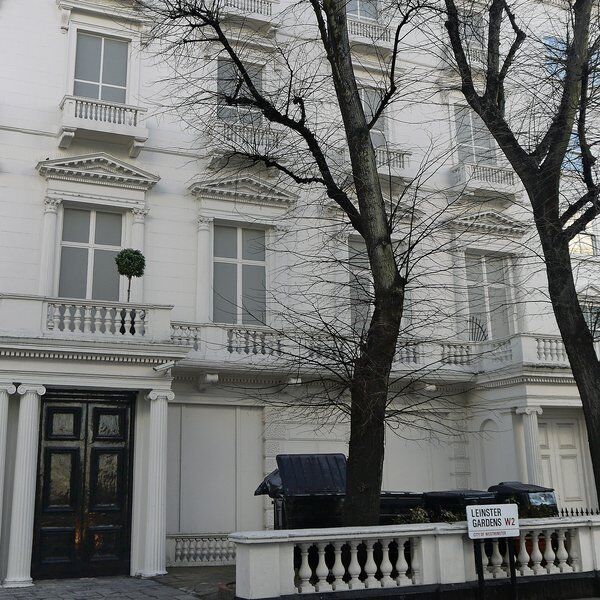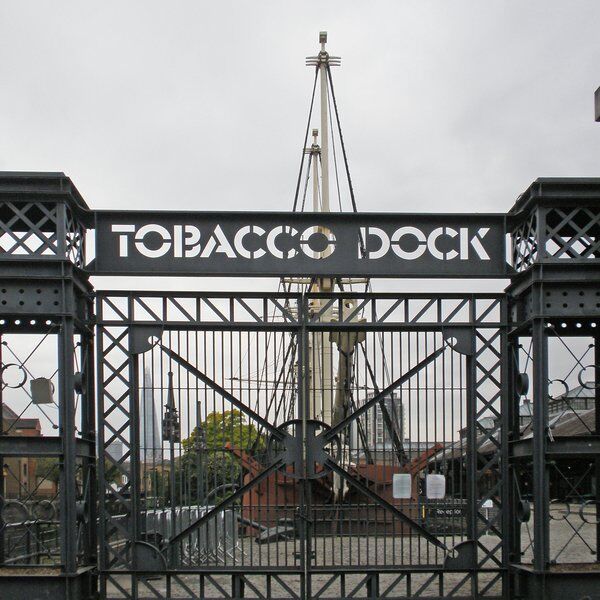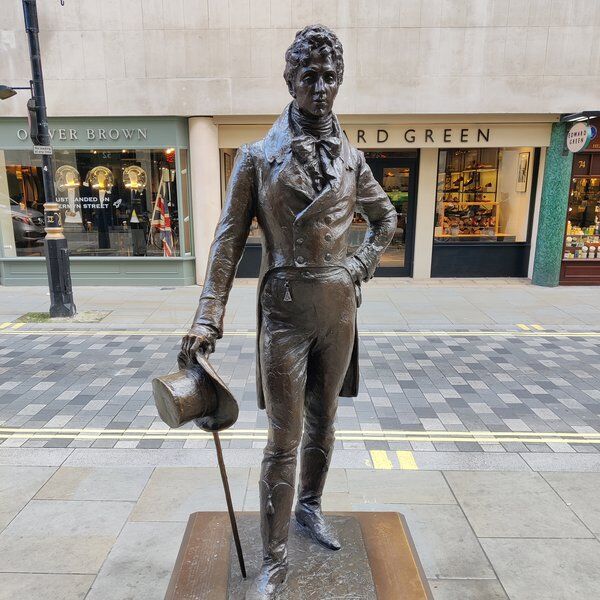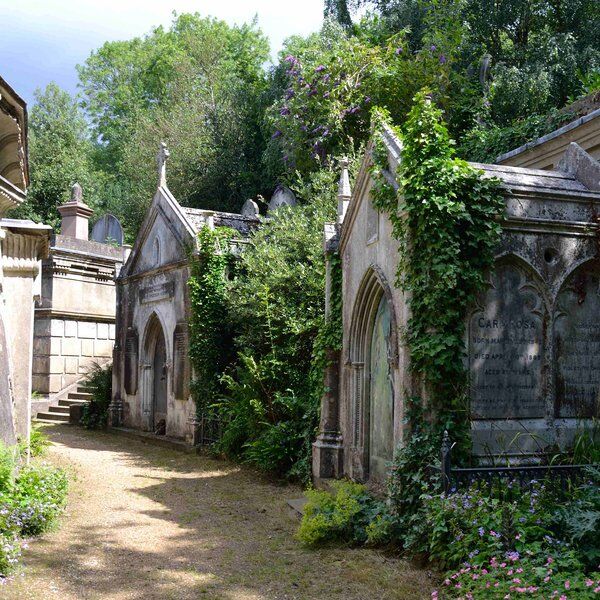History of St Pancras Old Church
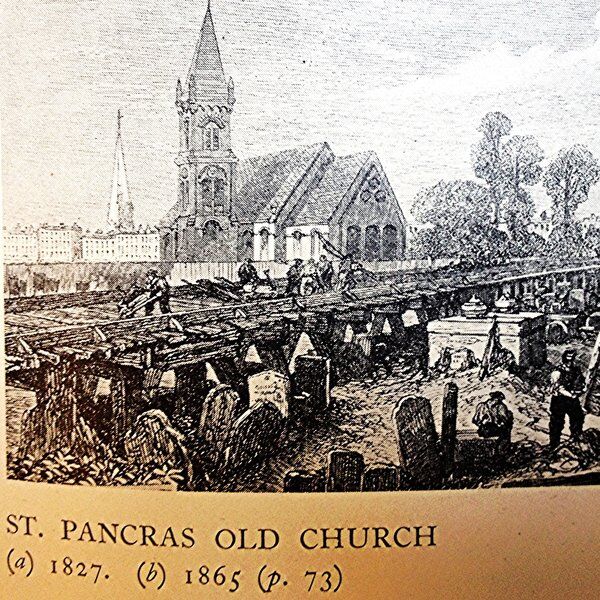
Most of what we ‘know’ about St Pancras Old Church comes from dubious sources with little to no evidence to back them up.
A brief foray into the realms of speculation reveals suggestions of a church existing on or near the site of the current St Pancras Old Church as early as 319 AD (about 100 years before the Romans left England).
Back on the firmer foundations of fact, St Pancras Old Church is mentioned in the Domesday Book of 1085, and is recorded again in 1181.
Historians believe that St Pancras Old Church was on a hill beside the now underground river Fleet. This meant that it was prone to flooding, and by the end of the 18th century, only one Sunday service a month was held there.
‘Restoration’ work on the church began in 1847 and subsequent finds reveal just how many eras had left their mark on the church: Roman tiles and an altar stone dated 625 AD, Norman-style pillars, a sub-circular cemetery hinting at Anglo-Saxon burials, and one Victorian architect described the church as “principally Tudor”.
Who Was Saint Pancras?
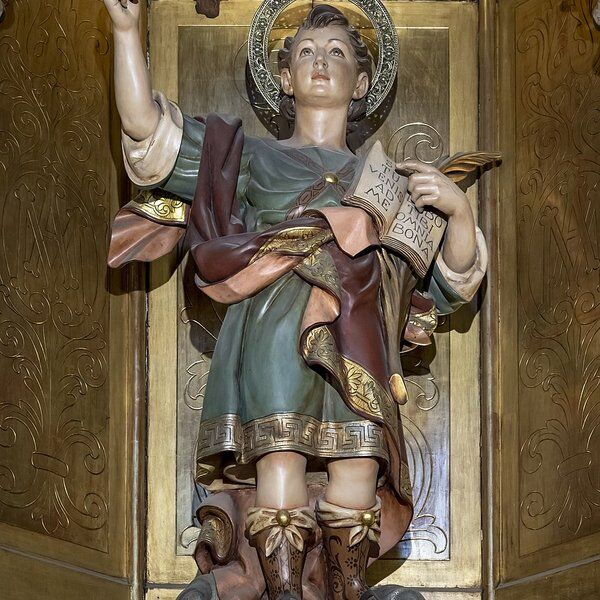
Few people know that the boy who gave his name to the iconic London railway station and church was actually an orphaned Roman teenager called Pancras. He was born in Phyggia, modern-day Türkiye, around the year 289 AD. He later moved to Rome with his uncle.
Legend has it that Pancras, aged just 14, was brought before Emperor Diocletian. Supposedly, he was asked to renounce his Christian faith by burning incense for the Pagan gods - something that historians say can’t have happened because Emperor Diocleatian wasn’t in Rome at the time.
Be that as it may, Pancras refused to renounce his faith and it was on Emperor Diocletian’s orders that Pancras and his uncle were beheaded on 12th May 304 AD. Pancras was buried in the Catacombs of Rome and his head was placed in the Basilica Saint Pancras where it still is to this day.
Because of his young age, Pancas is considered to be the patron saint of children - as well as cramps, false witness, headaches, perjury and, if you’re Spanish, jobs and health.
St Pancras Old Churchyard

The churchyard of St Pancras Old Church holds unmistakable clues into London’s past - and even its present.
The churchyard at St Pancras Old Church operated as a graveyard from the late Saxon period (the original burial ground was sub-circular, typical of late Saxons in Britain) until it was deemed full in 1858.
Following the Reformation in the 16th century, the churchyard became one of the few places in London where Catholics were permitted to be buried. This tradition continued into the 18th and 19th centuries; refugees who fled France during the Revolution were buried in St Pancras Old Churchyard.
Records show that between 1689 and 1854, around 88,000 burials took place at St Pancras Old Church.
Extraordinary Stories from St Pancras Old Churchyard
St Pancras Old Church’s graveyard has undergone significant changes and heavy disruption over its remarkable lifespan.
From exhumations to gruesome discoveries, below you’ll find some of the most intriguing characters and unlikely stories relating to St Pancras Old Churchyard.
The Verse of Thomas Hardy
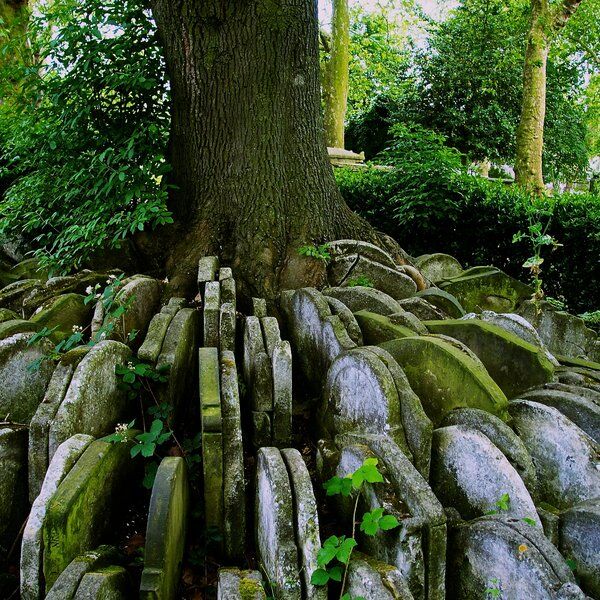
In the 1860s, the Grand Midland Railway was expanding. Between 10,000 and 15,000 bodies needed to be exhumed from St Pancras churchyard to make way for the new tracks, and a young Thomas Hardy (yes, the Thomas Hardy) was appointed overseer of the project.
Hardy’s solution was to exhume the bodies and rebury them in a mass grave. Their gravestones were arranged in a circle around a newly-planted ash tree, which stood until January 2023.
In 1882, Hardy would immortalise his involvement in the project with a poem named The Levelled Churchyard. The poem takes a dark-humoured approach to describe the macabre event, as you can see below:
We late-lamented, resting here,
Are mixed to human jam,
And each to each exclaims in fear,
‘I know not which I am!’
Read more about The Hardy Tree here.
Telephone Box Templates
In his day, Soane was a renowned Regency architect who was responsible for designing iconic buildings such as the Dulwich Picture Gallery and the Bank of England.
Soane also designed his own mausoleum, which would be placed in St Pancras Old Churchyard after his death. The ornately designed mausoleum has four columns and a marble canopy with a pineapple on top.
Years later, in 1924, Sir Giles Gilbert Scott, also a renowned designer, would be inspired by the design of Soane’s tomb and incorporated elements of it into one of the most iconically British street features: the British red telephone box.

The Demise of Jonathan Wild
Born in Wolverhampton, Wild moved to London around 1700 to learn a trade. Unfortunately, Wild spent more time inside London’s debtors’ prisons than as an apprentice. But he didn’t let that dampen his entrepreneurial spirit.
While incarcerated, Wild befriended a whole network of thieves and criminals. When he left prison, he set up a scheme whereby he would return stolen items to their rightful owners for a fee - an enterprise he named 'The Office of Lost Property'.
Wild ran London’s criminal underbelly for years with the help of complicit and corrupt politicians. His downfall came after a change in the law made it illegal to be a receiver of stolen goods. After a trial and attempted suicide, Wild was hanged at Tyburn gaol on May 24, 1725.
Although Wild was buried beside his third wife, his body was exhumed the day after his burial and sold to doctors for dissection. His skeleton ended up in the London Royal College of Surgeons, where it remains to this day.
Charles Dickens & The Dead
Burials continued at St Pancras Old Church well into the 1850s, but by then, it had become a pretty grotesque place to rest.
During the Victorian era, graveyards became targets for grave robbers and bodysnatchers. These unsavoury thieves would dig up newly buried bodies to sell to surgeons and dentists - a grisly business which was startlingly lucrative.
Dickens set his body snatching scene from A Tale of Two Cities in St Pancras Old churchyard.
Dickens grew up just around the corner from the church, so it’s likely he had anecdotal evidence for staging it there.
Psst: Interested in Charles Dickens? Book our Dickens-themed treasure hunt A Rift In Time to discover the secrets of Central London and Covent Garden and unveil your very own mystery!
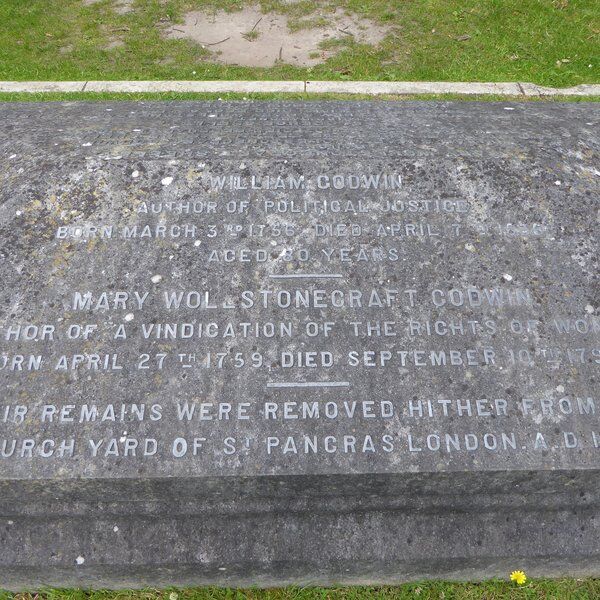
Mary Wollstonecraft's Final Journey
Aged just 38, author Mary Wollstonecraft left her baby daughter (Mary Shelley) and illustrious career behind her after complications following childbirth.
Wollstonecraft was buried in St Pancras Old Church in 1797, a place Mary Shelley, who would go on to write Frankenstein, visited frequently during her adolescence.
However, a few years before St Pancras Old churchyard was due to be disrupted due to railway building work, Wollstonecraft’s body was exhumed and moved to Bournemouth, although her tomb remains where it was.
Read more about Mary Shelley and Old St Pancras Burial Ground here.
Walrus Bones & Dentures
Between 2002 and 2003, archaeologists got another sneak peek of what lay beneath the soil of St Pancras Old Church when the burial ground was opened up once again to make room for another railway line.
This time, it was Eurostar, which links Dickens’ two tale-d cities: London and Paris.
Of their many finds, two, in particular, stood out.
The first was the body of Archbishop Arthur Richard Dillon, an esteemed archbishop who fled France during the Revolution. Remarkably, Dillon’s porcelain dentures were found perfectly intact inside his coffin. Dillon’s body was returned to his home city of Narbonne, but his dentures are now housed at the Cobbe Museum in Guildford.
Finally, archaeologists also discovered several large walrus bones. From their condition, archaeologists and historians assume that they were used for dissection purposes, though why they were buried at St Pancras Old Church remains a mystery.

St Pancras Old Church Events
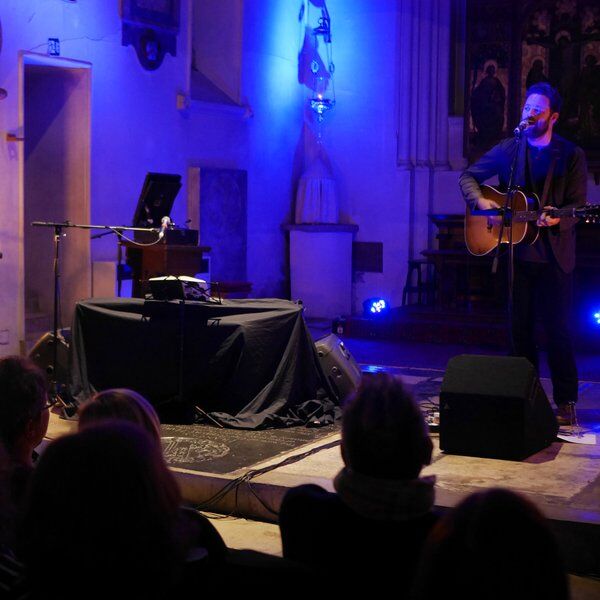
St Pancras Old Church has been used as a music venue since 2011. Emerging and established artists have performed in the historic church, including Sinead O’ Connor, Newton Faulkner, Jason Mraz, Sam Smith and Tom Odell.
St Pancras Old Church events are primarily held in the evening and details for upcoming events can be found on the church events website.
The Best Way to Visit St Pancras Old Church
Want to find more hidden gems like this one, but don’t know where to look?
All our London treasure and scavenger hunts, food experiences, escape room games and walking tours are packed with secret sites and noteworthy nooks.
All you have to do is team up with your friends, family or whoever to solve riddles, complete challenges and answer trivia to lead you on an unforgettable journey around London’s most interesting streets.
The best part? We’ll recommend top-rated pubs, cafés and restaurants and give your team the chance to earn rewards by competing on our leaderboard.
